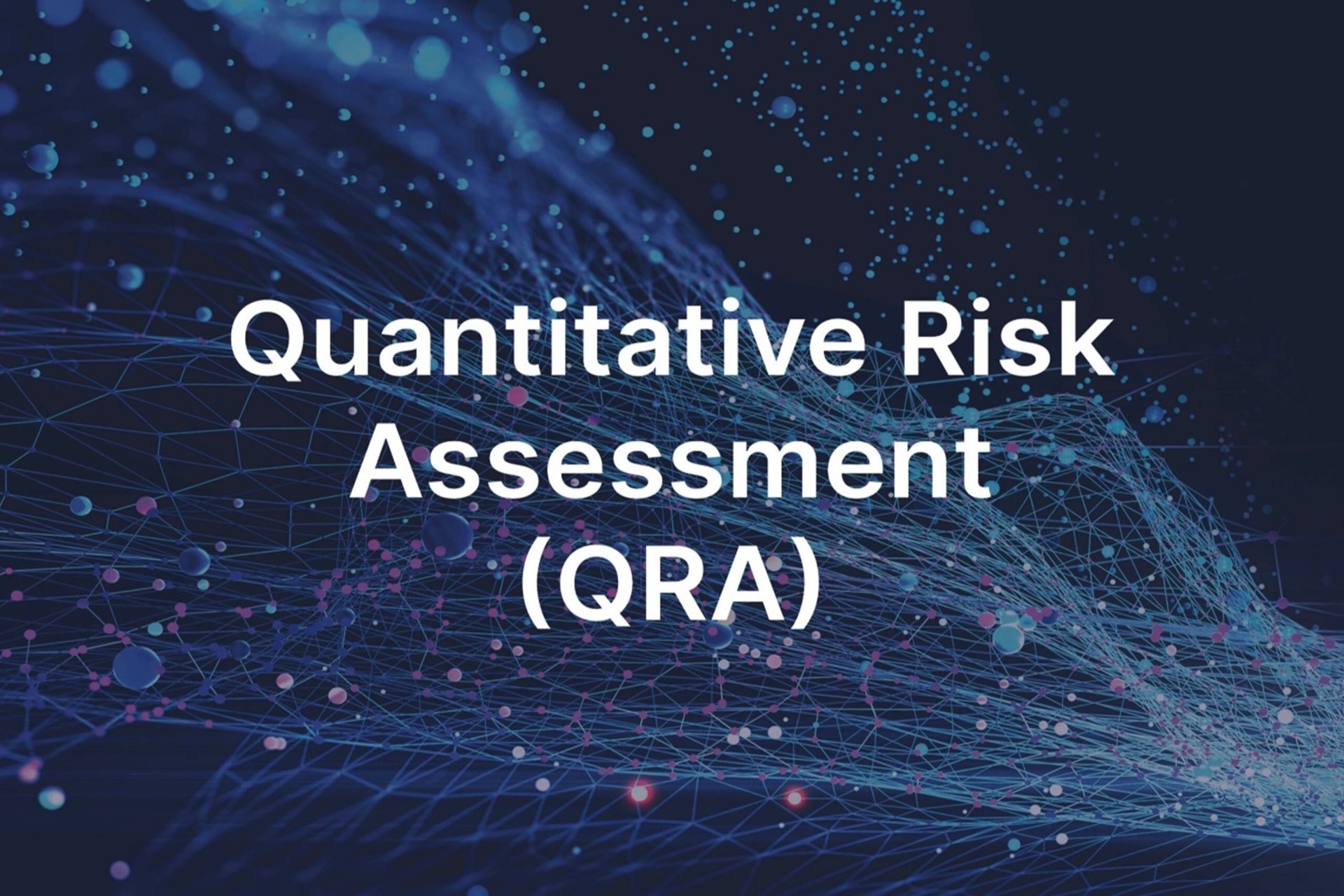
METHODOLOGY FOR HAZARDOUS AREA CLASSIFICATION-IS
The purpose of the Hazardous Area Classification study is to determine the extent of the hazardous areas around equipment handling or storing flammable fluids, combustible fluids and combustible dusts, both liquid and vapors in terms of Zone 0, Zone 1, Zone 2 and Division 1 and Division 2

METHODOLOGY FOR HAZARD IDENTIFICATION (HAZID)
HAZID (Hazard Identification) is a technique for early identification of potential hazards and threats from a project, plant, or a plant modification. It is therefore likely to be the first formal HSE-related study for any new project. The major benefit of HAZID is that early identification and assessment of the critical HSE hazards provides essential input to project development decisions. This will lead to safer and more cost-effective design options being adopted with a minimum cost of change penalty.

METHODOLOGY FOR HIRARC
The purpose of this guideline is to provide a systematic and objective approach to assessing hazards and their associated risks that will provide an objective measure of an identified hazard as well as provide a method to control the risk. It is one of the general duties as prescribed under the Occupational Safety and Health Act 1994 (Act 514) for the employer to provide a safe workplaces to their employees and other related person.

METHODOLOGY FOR FIRE PROTECTION AND SAFETY DESIGN (FPSD)
Fire protection is the study and practice of mitigating the unwanted effects of potentially destructive fires. It involves the study of the behaviour, compartmentalization, suppression and investigation of fire and its related emergencies.

METHODOLOGY FOR QRA STUDY
QRA is a technique used to systematically calculate the risks from hazardous events. It involves predicting the size of consequences associated with a hazard, and the frequency at which a release of the hazard may be expected to occur. These aspects are then combined in order to obtain numerical values for risk – usually risk of fatality. QRA includes consideration of all identified hazardous events in order to quantify the overall risk levels. Similar hazardous events are often grouped and assessed together as bounding or representative events

METHODOLOGY FOR SAFETY MANUAL
The establishment and maintenance of a safe and healthy working environment is a requirement of any organisation. The general Health and Safety Policy statement of the University must be supplemented therefore by detailed reference to our organisation and the arrangements most likely to ensure the success of the Health and Safety Policy within the University




